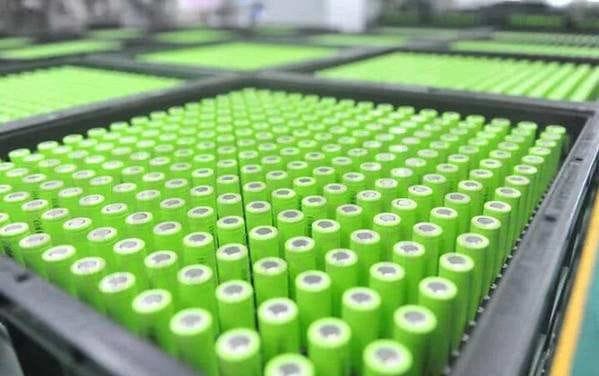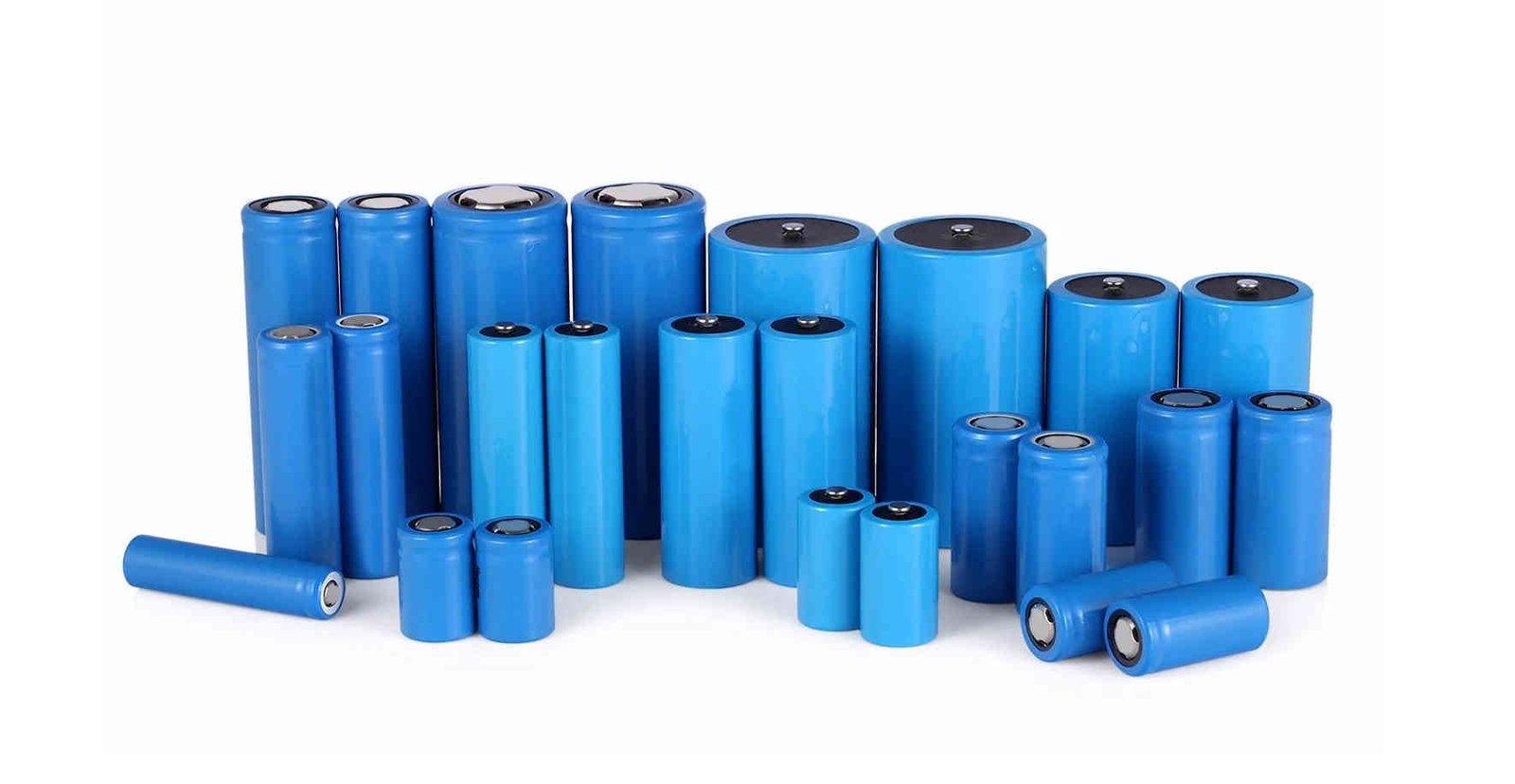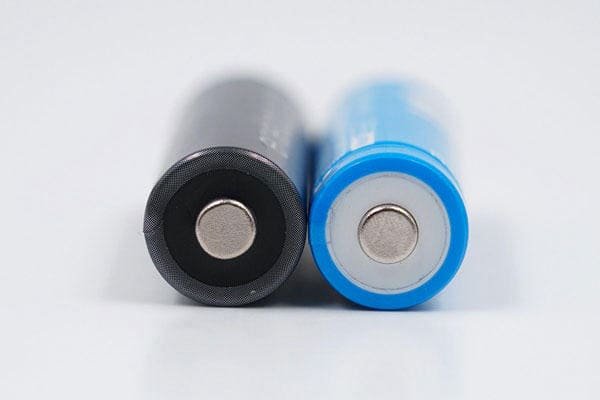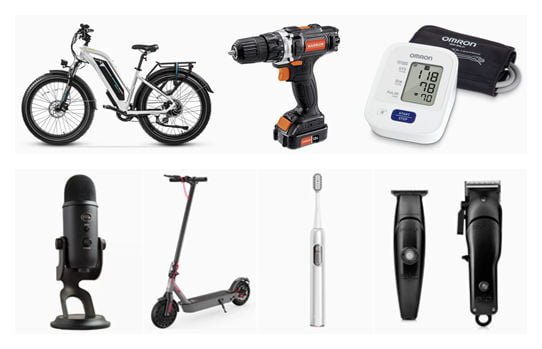When it comes to rechargeable batteries, nickel-metal hydride (NiMH) batteries and lithium-ion batteries are two common choices. When should you choose NiMH batteries and when should you choose Li-ion batteries, and which of these two is better, these have become frequent topics of discussion.
On the one hand NiMH batteries are known for their affordability, stable and reliable performance. On the other hand lithium-ion batteries are popular for their high energy density and long service life.
In this article, we will explore the basic characteristics, advantages and disadvantages, and application performance of NiMH and lithium-ion batteries. We hope this content will help you make a wise decision when you make a choice.
NiMH Battery vs Lithium-Ion Battery, Which is Better?

What is NiMH Battery?
NiMH battery is nickel-metal hydride battery, which is mainly composed of positive electrode, negative electrode, electrolyte and diaphragm. The positive electrode of NiMH battery is made of nickel hydroxide (Ni(OH)2) and different active materials. The negative electrode of NiMH battery is made of active materials and transition metals. The electrolyte of NiMH batteries is an alkaline hydroxide solution, which is also the medium for ion transport in the battery. The diaphragm of a NiMH battery is usually a non-woven polyolefin, which is used to separate the positive electrode from the negative electrode, preventing electrical shorts while allowing ions to flow back and forth.
The nominal voltage of NiMH battery is 1.2v. The chemical reaction of charging and discharging is as follows:
Positive pole: Ni(OH)2+OH-=NiOOH+H2O+e-
Negative: M + H2O + e- = MHab + OH-
Total reaction: Ni(OH)2+M=NiOOH+MH
Note: M: hydrogen alloy; Hab: adsorbed hydrogen; the process of the reaction formula from left to right is the charging process; the process of the reaction formula from right to left is the discharging process.
When charging NiMH battery, Ni(OH)2 and OH- at the positive electrode react to generate NiOOH and H2O, and at the same time release e- together to generate MH and OH-, the total reaction is Ni(OH)2 and M to generate NiOOH, and hydrogen storage alloy to store hydrogen. When discharging the opposite, MHab releases H+, H+ and OH- generate H2O and e-, NiOOH, H2O and e- regenerate Ni(OH)2 and OH-.
What is Lithium-Ion Battery?
Lithium-ion battery, also known as li-ion battery, is composed of positive electrode, negative electrode, electrolyte and diaphragm, just like NiMH battery. There are a lot of cathode materials for lithium-ion batteries, and the mainstream products mostly use lithium iron phosphate. The positive active material is generally lithium manganate or lithium cobaltate, lithium nickel cobalt manganate material. Its negative active material is generally graphite, or carbon with a similar graphite structure. The electrolyte of the lithium ion battery is generally a carbonate solvent with lithium hexafluorophosphate dissolved in it. Its diaphragm is a specially molded polymer film, which has a microporous structure that allows lithium ions to pass freely while electrons cannot.
The nominal voltage of a lithium-ion battery varies depending on the cathode material. When charging, the chemical reactions are as follows:
Anode reaction: LiFePO4 → Li1-xFePO4 + xLi ++ xe-
Negative reaction: xLi ++ xe-+ 6C → LixC6
During charging lithium ions are de-embedded from the positive electrode and inserted into the negative electrode. The opposite is true when discharging.

NiMH Battery Advantages and Disadvantages
Advantages
1. NiMH batteries are manufactured using common battery sizes and are highly compatible with a wide range of equipment.
2. NiMH batteries use less active material in their manufacture, making them relatively stable and safe. The battery pack composed of NiMH batteries does not need the BMS necessary for lithium batteries.
3. The raw materials required for manufacturing NiMH batteries are relatively abundant, so the manufacturing cost of NiMH batteries is usually lower than that of lithium-ion batteries.
4. NiMH batteries require little maintenance, are more environmentally friendly, and are not subject to the same transportation regulations that lithium-ion batteries must comply with when being shipped.
5. NiMH batteries are well suited for applications that require high-current discharges and a steady flow of electricity, such as power tools or remote control toys. NiMH batteries provide stable and reliable power, making them a reliable choice for such equipment.
Disadvantages
1. NiMH batteries charge slower than lithium-ion batteries, and some lithium-ion batteries also have a fast-charging function.
2. NiMH batteries have a significant memory effect.
3. Generally speaking NiMH batteries are more prone to self-discharge, which means that they are prone to lose their charge even when not in use. Of course, you can choose low self-discharge NiMH batteries to circumvent this disadvantage.
4. NiMH batteries have a lower cycle life than lithium-ion batteries. The number of charge/discharge cycles of NiMH batteries is usually low, usually within 1000 cycles. The cycle life of Li-ion batteries is usually more than 2000 cycles.
5. NiMH batteries have a lower energy density than lithium-ion batteries. This means that lithium-ion batteries can store more power than NiMH batteries for the same size.
Lithium-Ion Battery Advantages and Disadvantages
Advantages
1. Lithium-ion batteries charge faster than NiMH batteries. Users can charge lithium-ion batteries quickly, thus reducing equipment downtime due to charging.
2. Compared to NiMH batteries, lithium-ion batteries have a lower self-discharge rate. This low self-discharge rate is especially beneficial for applications where the battery needs to hold its charge for a long period of time.
3. Lithium-ion batteries have a longer cycle life than NiMH batteries. This also means fewer battery replacements.
4. One of the main advantages of lithium-ion batteries is their high energy density. These batteries can store more energy per unit of volume or weight, making them a compact and lightweight option for devices that require portability and long runs. This high energy density is particularly suitable for applications such as smartphones, laptops and electric vehicles, where weight and size are key factors.
Disadvantages
1. The cost of lithium-ion batteries is higher than that of NiMH batteries. Cobalt and lithium are both rare elements, and their use as raw materials for lithium-ion batteries drives up the price of the batteries. The manufacturing process of lithium-ion batteries is usually more complex and expensive, which also increases the cost of the battery.
2. Compared to NiMH batteries, lithium-ion batteries are more chemically reactive and less stable. Physical damage, high temperatures or overcharging can affect lithium-ion batteries, which can cause fires or explosions. This requires more advanced battery management systems and charging protocols, as well as extra care in storage, transportation and use to ensure the safe and efficient operation of lithium-ion batteries. Of course, these additional measures will also drive up the price of lithium-ion batteries.

Difference Between Lithium-Ion and NiMH batteries
1. Energy Density
Lithium-ion batteries typically have an energy density advantage over NiMH batteries.
Lithium-ion batteries can reach energy densities of about 200 Wh/kg, while NiMH batteries typically have energy densities of about 60-120 Wh/kg, which means that lithium-ion batteries can store twice as much energy as NiMH batteries of the same size and weight.
The higher energy density of lithium-ion batteries makes it possible to develop smaller, lighter battery packs for devices such as smartphones, laptops and drones. This is especially important in applications where weight and size are key factors.
In addition, the higher energy density of lithium-ion batteries means that lithium-ion batteries provide longer runtime or operating time per charge than NiMH batteries of the same size and weight. This is a major advantage for devices that require extended use between charges.
However, the energy density of a battery will vary depending on the specific chemistry, design and manufacturing process used by different manufacturers. In addition, factors such as temperature, usage patterns, and charge/discharge cycles can affect the overall performance and capacity of rechargeable batteries.
2. Performance and Efficiency
In terms of performance and efficiency, both NiMH and lithium-ion batteries have their own unique characteristics and advantages.
Lithium-ion batteries typically have an advantage over NiMH batteries when it comes to power delivery. Lithium-ion batteries provide a higher power output and are therefore more suitable for high power consumption applications such as electric vehicles and high performance electronics. This higher power output is due to the inherent properties of lithium-ion battery chemistry, which allows for faster, more efficient charge and discharge rates.
NiMH batteries are characterized by their high current discharge. For applications that require a steady flow of power, NiMH batteries are a better choice. NiMH batteries provide stable and reliable power even under heavy load conditions, which may be an advantage in some use cases.
In terms of efficiency, lithium-ion batteries are generally more efficient overall than NiMH batteries. The energy conversion efficiency of lithium-ion batteries is typically around 90-95%, meaning that most of the energy stored in the battery can be efficiently converted into usable power for the device. In contrast, the energy conversion efficiency of NiMH batteries is typically around 60-80%.

3. Cost
NiMH batteries are a more affordable option than lithium-ion batteries. The manufacturing process for NiMH batteries is relatively simple and inexpensive.
However, the cost of lithium-ion batteries has been steadily declining in recent years due to advances in manufacturing processes and economies of scale. The cost gap between NiMH and lithium-ion batteries is expected to narrow further as lithium-ion technology becomes more widespread and production volumes increase.
4. Environmental Impact
The raw materials used in both NiMH and lithium-ion batteries have environmental impacts at both the mining and processing stages. However, the environmental impact of NiMH battery production is generally considered to be lower compared to lithium-ion batteries. This is because the mining and processing of NiMH is generally less resource-intensive and has a lower carbon footprint.
Additionally, both NiMH and lithium-ion batteries can be recycled, but the recycling processes and infrastructure for the two technologies vary greatly.
NiMH batteries are generally considered easier to recycle because the materials used to make NiMH batteries are more widely available and the recycling process is better developed.
The recycling of lithium-ion batteries is even more challenging, with their complex chemistry requiring specialized recycling facilities. As lithium-ion batteries evolve, governments around the world are implementing new rules and incentives to increase the technology and scale of the lithium-ion battery recycling industry. This will propel the battery industry towards a more circular and greener future.
5. Application
Lithium-ion batteries are often preferred for applications that prioritize portability, energy density, and runtime. Their higher energy density allows for the development of smaller and lighter battery packs, ideal for compact and lightweight devices. The longer runtimes offered by lithium-ion batteries also favor these types of applications.
NiMH batteries are better suited for applications that require high current discharge or can withstand slightly heavier and bulkier battery packs. Power tools, remote control toys, and other devices that require a stable power source can benefit from the high current discharge capability of NiMH batteries. In addition, NiMH batteries are a more cost-effective option for applications where price is an important factor.
In terms of safety, lithium-ion batteries require more sophisticated battery management systems and charging protocols to prevent problems such as overheating, overcharging and physical damage. NiMH batteries are generally safer and do not require the same complex battery management systems.
Choosing the Right Battery for Your Needs
When choosing between NiMH and lithium ion batteries, there is no one-size-fits-all solution. The decision will depend on the specific needs and requirements of the application or device you are powering. We hope you found the content of this article helpful, and if you have any further questions, please feel free to contact us.
